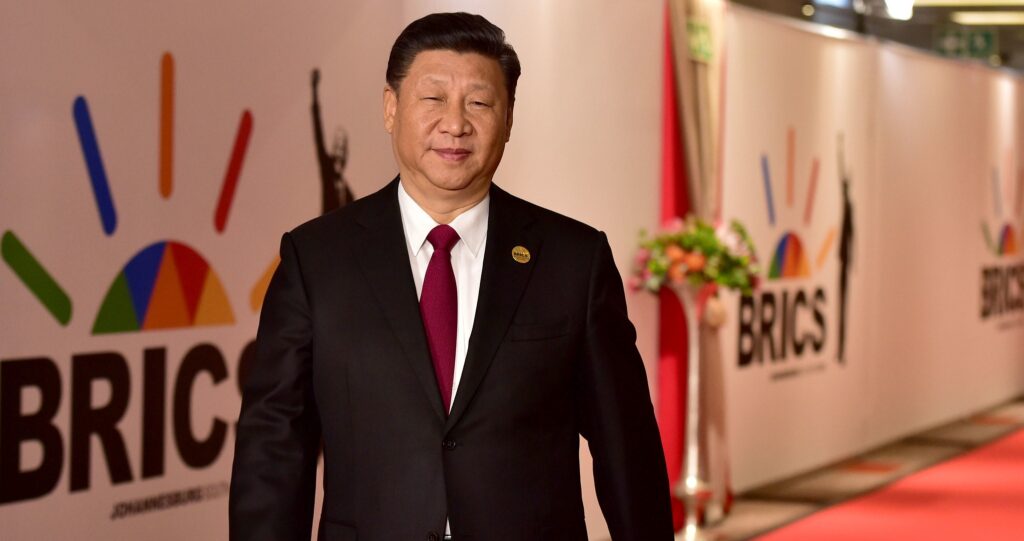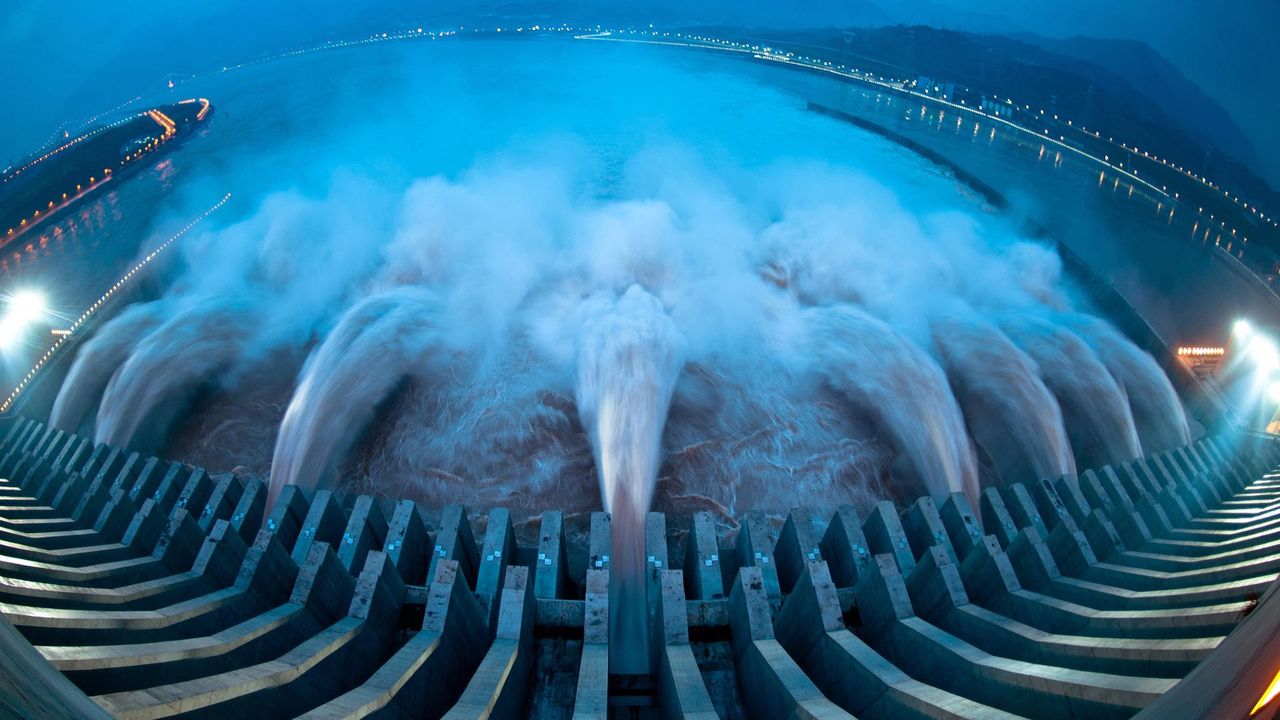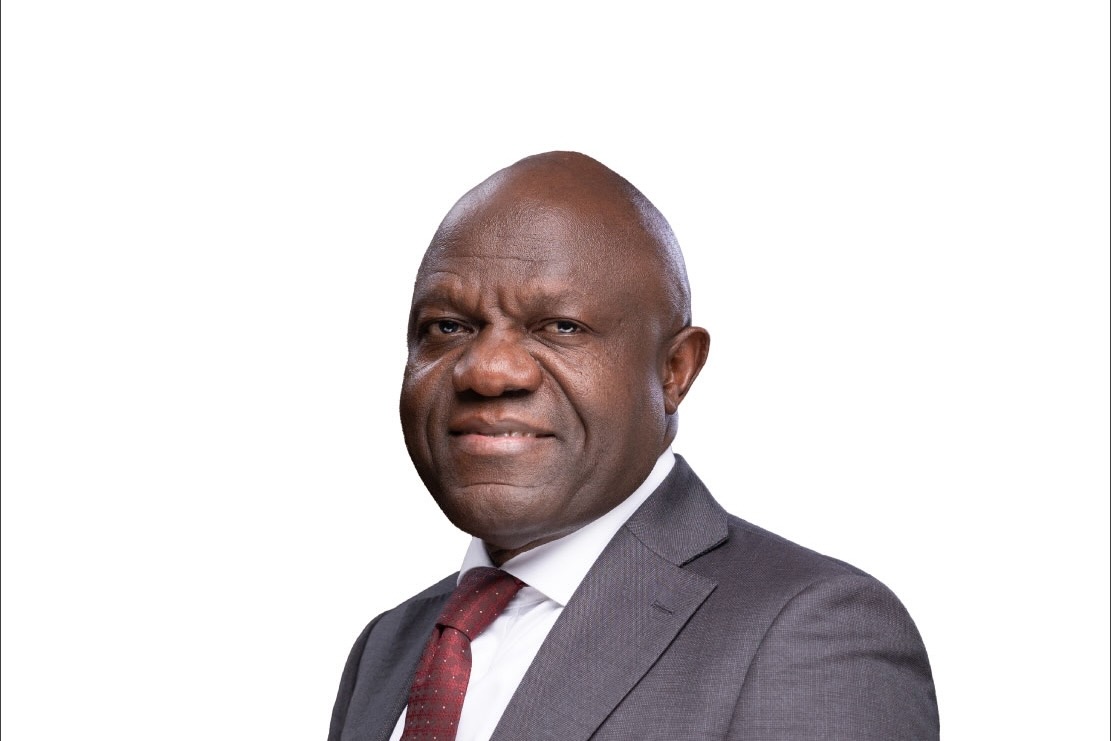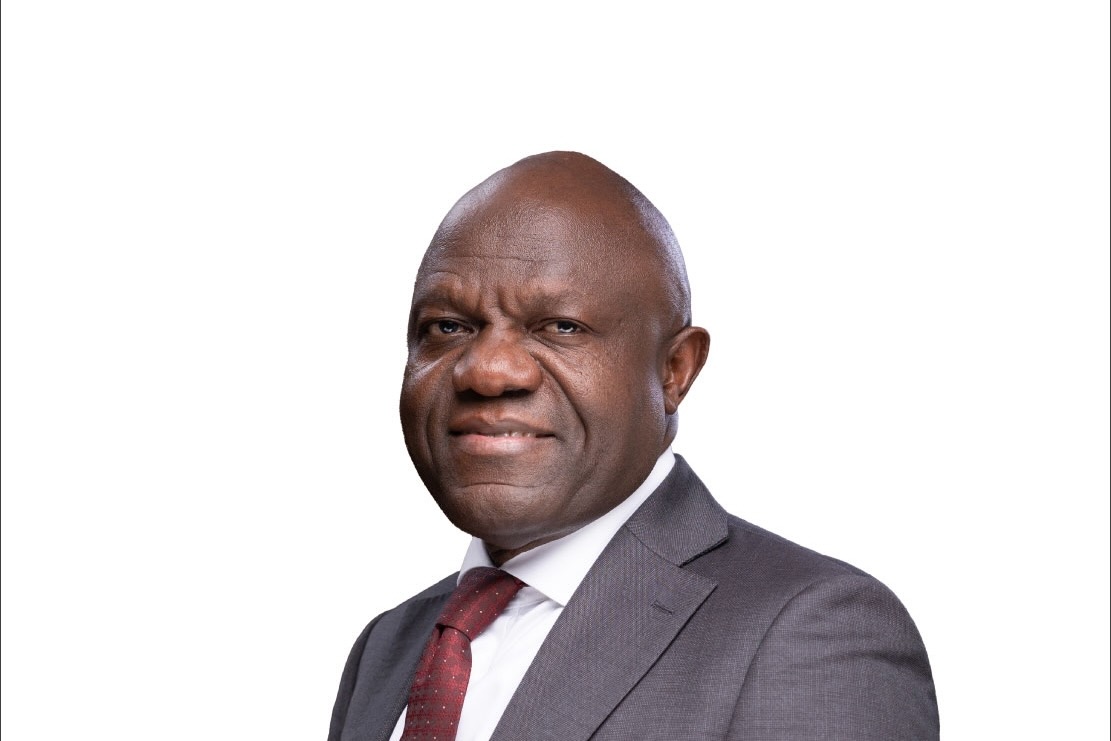China embarks on world’s largest hydropower dam
- China begins construction of world’s largest hydropower dam.
- Premier Li Qiang attends construction launch new dam.
- Mega project expected to cost $170 billion.
China has started construction of what will be the world’s largest hydropower dam on the Yarlung Zangbo River in Tibet, in the foothills of the Himalayas. China’s ambitious Premier Li Qiang announced this week that construction of the $170 billion mega project has begun.
The dam will be located in the lower reaches of River Yarlung Zangbo, on the eastern rim of the Tibetan Plateau. It is designed to have at least five cascade hydropower stations with the capacity to produce 300 billion kilowatt-hours of electricity annually.
Analysist say its potential is equal to the amount of electricity consumed by the entire of Britain for the whole of last year!
Due to be located in the lower reaches of the Yarlung Zangbo a river that has waterfalls tumblung 2,000 metres (6,561 feet) in a span of 50km (31 miles), the humongous dam is bound to change topography of the region.
Operations for what will be one of the centuries most ambitious infrastructure projects are expected sometime in 2030. “The Chinese premier described the dam as a project of the century and said special emphasis must be placed on ecological conservation to prevent environmental damage,” Xinhua reported on Saturday.
“This is bound to be one of China’s most ambitious power projects since the Three Gorges Dam on the Yangtze,” comments the media report. The Three Gorges Dam is the largest dam in China, and the world’s biggest hydropower project.

Also Read: Revving up: Africa’s auto industry steers toward prosperity
China hydropower: Will the mega dam affect lower regions?
The question of whether this colossal dam will impact lower regions is a given, the only uncertain is just how much? “India and Bangladesh have already raised concerns about its possible impact on the millions of people downstream,” reports Xinhua.
Notably, the Yarlung Zangbo River is also known as the Brahmaputra, further downstream in India, and the Jamuna River in Bangladesh and so concerns of the people downstream are to a reasonable extent, valid.
In the same vein, the report also cites NGOs that warn of the potential risk to what is described as ‘one of the world’s richest and most diverse environments. As early as January, India said it had raised concerns with China about the project, and that it would “monitor and take necessary measures to protect our interests.”
According to press reports, India’s Ministry of External Affairs said that China has been urged to ensure that the interests of the downstream states of the Brahmaputra are not harmed by activities in upstream areas.
In defence of it’s ambitious gigantic project, Beijing says the dam will help meet power demand in Tibet and the rest of China without having a major effect on downstream water supplies or the environment.
“The electricity generated will be primarily transmitted to other regions for consumption, while also meeting local power needs in Tibet,” Chinese authority say.
“Commencement of the hydropower project, China’s most ambitious since the Three Gorges Dam on the Yangtze, is perceived as proof of economic stimulus and has caused stock prices and bond yields to increase,” media analysts reported.
China stocks skyrocket in anticipation of mega dam investment
A $170 million injection into any economy is bound to cause more than ripples and as expected, the financial waves triggered by announcement of the project are a force reckon with. Shares of Beijing-listed Hunan Wuxin Tunnel Intelligent Equipment Co which sells tunnel construction equipment are reported to have surged 30 per cent high.
Right on the heels were shares of Geokang Technologies Co Ltd which makes intelligent monitoring terminals, share also ballooned though the exact figurea have not been made public.
“China’s CSI Construction & Engineering Index (.CSI399995) jumped as much as 4 per cent to a seven-month high,” Zhuozhu Investment Management reported in the wake of the project announcement.
They are not the only ones; “Power Construction Corporation of China (601669.SS), opens new tab and Arcplus Group PLC (600629.SS), opens new tab surged by their 10 percent daily limit,” details the report.
“From an investment perspective, mature hydropower projects offer bond-like dividends,” Wang Zhuo, a partner at the Shanghai Zhuozhu Investment Management told press.
Zhuo was however sombre enough to caution against speculative buying into the related stocks a move that he said would inflate valuations.
A similar evaluation was shared by Huatai Securities who project that the project will drive demand for construction and building materials such as cement and civil explosives.
The bubbling stock share reaction goes on across most all large construction related companies with cement manufacturer Xizang Tianlu Co Ltd and Tibet GaoZheng Explosive Co that produces civil explosive materials, both jumping 10 percent, the either of them has ever recorded, local media says.
Media says government bond yields rose across the board as of Monday, with the most-traded being 30-year treasury futures as investors interpreted the dam construction news as part of ongoing China’s economic stimulus.
Share this content:





Post Comment